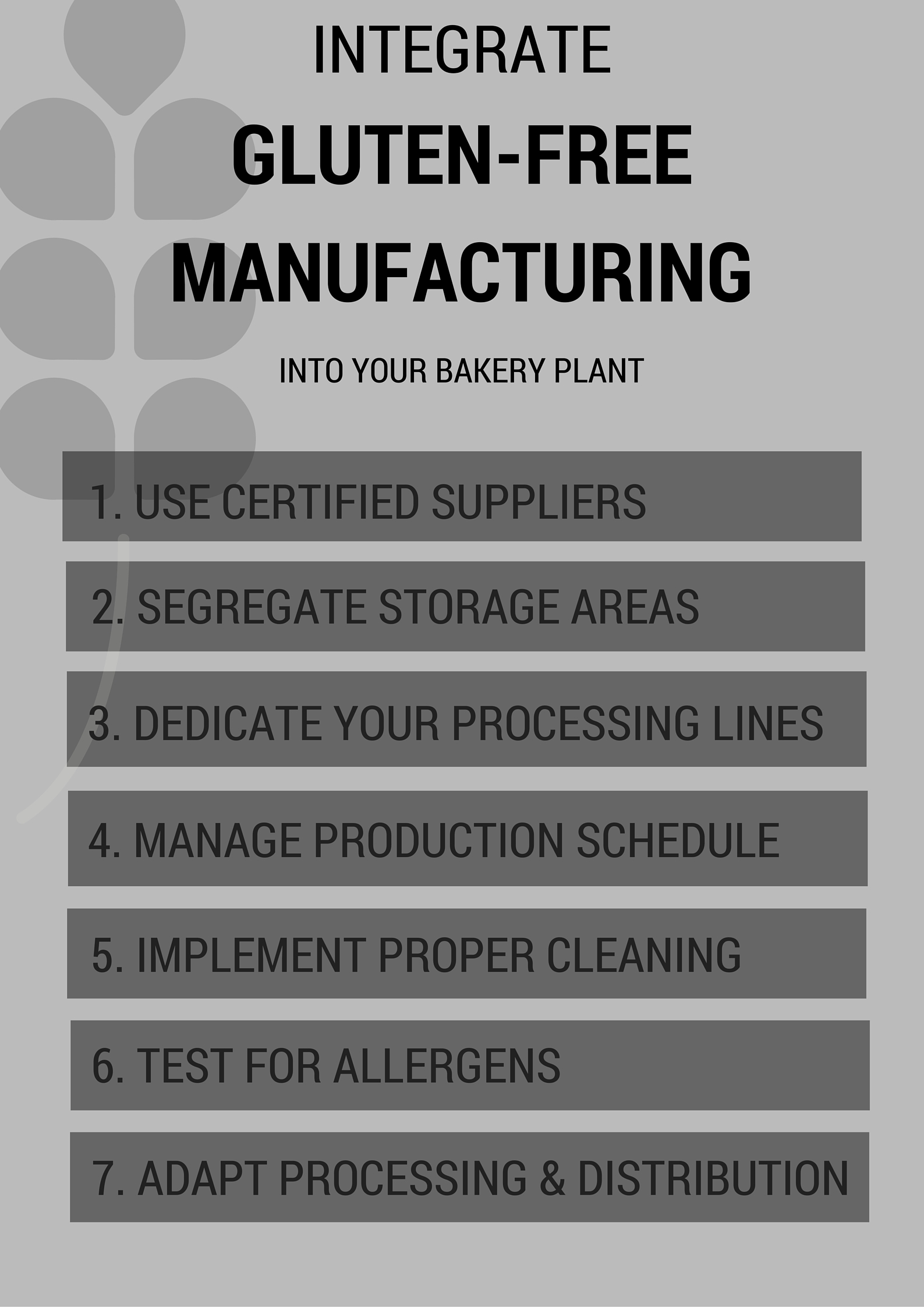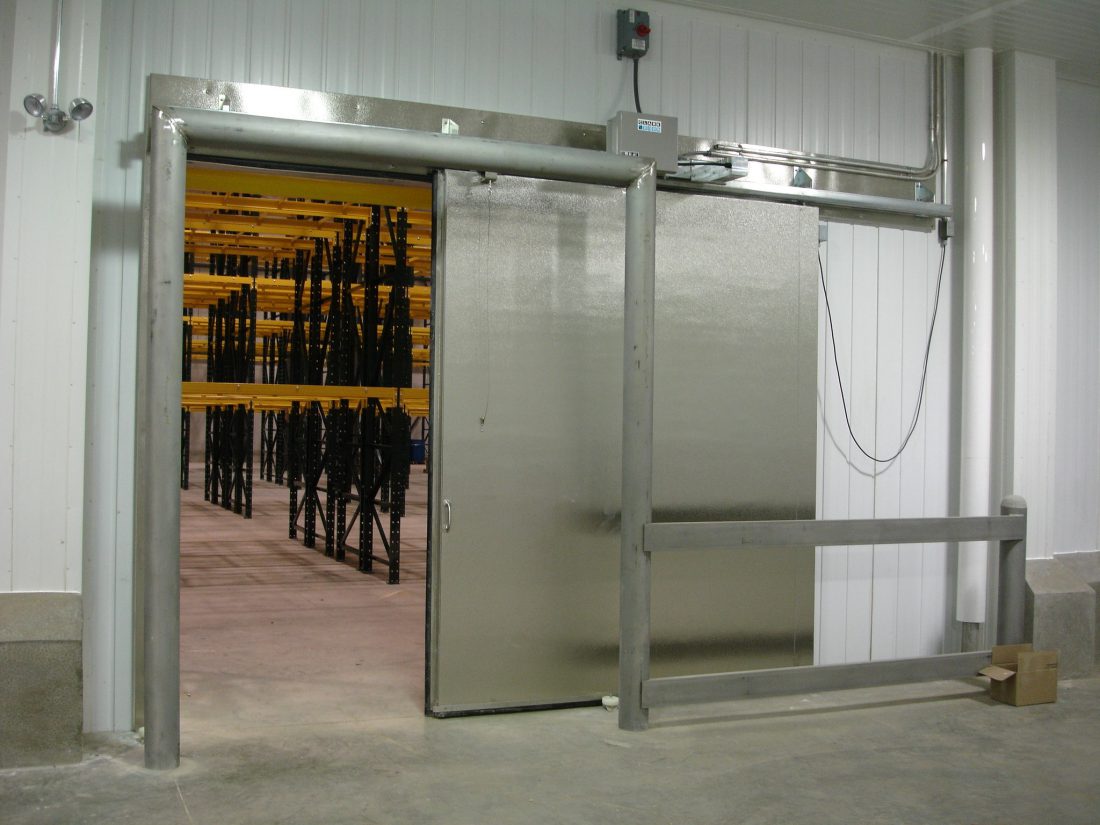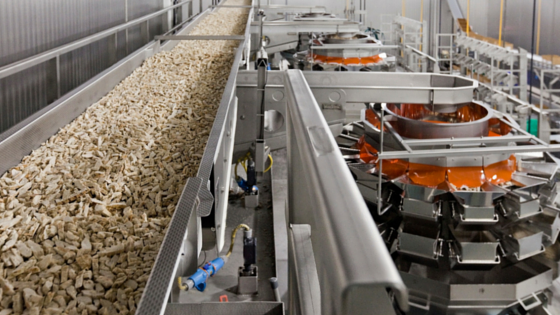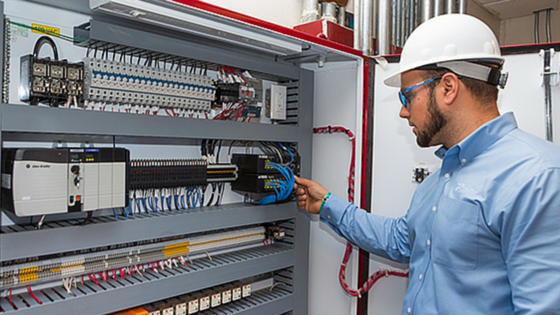3 Key Areas to Examine in Your Manufacturing Analysis
What’s the best way to remain competitive in the food processing industry today? A strategic plan. It equips your business with the knowledge, tools and strategies necessary to evolve and adapt to changing marketing conditions and consumer demands. In fact, we’ll be hosting a Food Engineering webinar June 23, 3 Key Elements in a Successful Strategic Plan for Growth to dive into strategic plans even further. Last week, we discussed the first step in developing a strategic plan: developing a business plan. This week, we’ll discuss step two: conducting a manufacturing analysis.
Continue Reading “3 Key Areas to Examine in Your Manufacturing Analysis”







![[Infographic] 5 Important Factors for Selecting a Site for Your New Food Plant](https://stellarfoodforthought.net/wp-content/uploads/2016/03/5-FACTORS-FOR-FOOD-PLANT-SITE-SELECTION.png)




